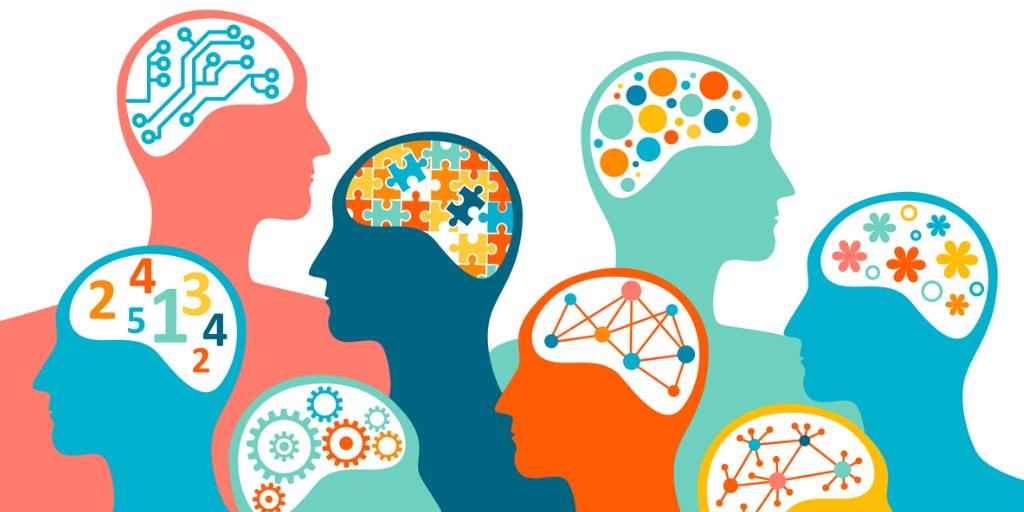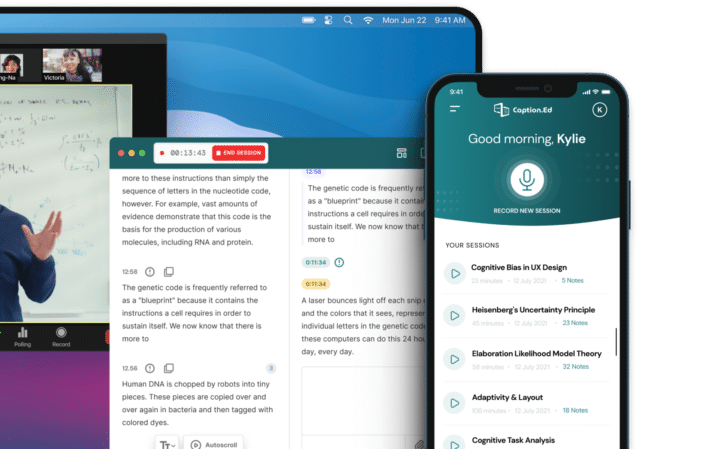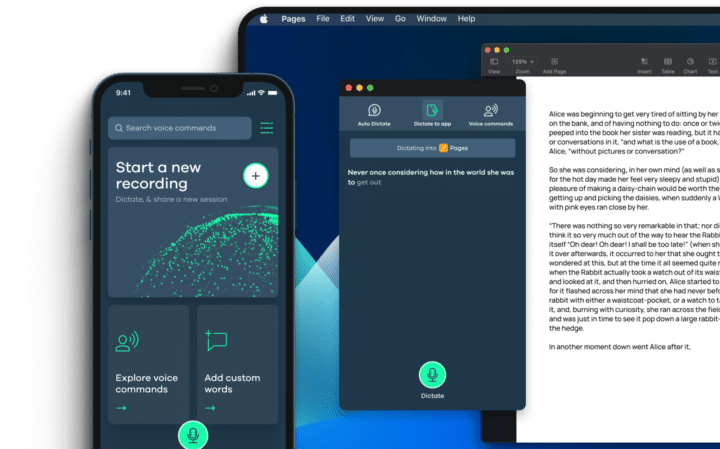What is Acquired Neurodiversity?
Acquired neurodiversity refers to changes in a person’s brain functioning following an injury, disease, or health condition. Acquired neurodivergence means that someone has developed changes to their cognition and behavior within their lifetime. So while it is a neurodivergent condition, people with acquired neurodivergence have the potential to improve their condition.
It’s important to note that it is not possible to be born with an acquired neurodivergence. But it is possible for conditions that fall under acquired neurodiversity to improve or deteriorate with time.
Acquired Neurodiversity Examples
Acquired neurodiversity incorporates a range of disorders and mental health conditions. But which examples would illustrate the nature of acquired neurodivergences? Let’s explore a few now.
Obsessive Compulsive Disorder (OCD)
Obsessive Compulsive Disorder, aka OCD, is a mental health condition that’s also classed as an acquired neurodivergence. The syndrome has two characteristics – obsessive or unwanted thoughts and repetition. OCD can affect 1 in 100 people, according to the charity Mind, and it’s something that appears during a person’s lifetime.
Post-Traumatic Stress Disorder (PTSD)
As another acquired neurodiversity, PTSD can affect up to 10% of the population, which amounts to around 2.5M people. Plus, for every person who experiences a traumatic life event, around 20% will find that they experience the effects of PTSD.
So is PTSD neurodivergent? In simple terms, yes. This is because the brain structure goes through changes after intense traumatic experiences. Research from NHS Wales suggests adults with PTSD have reduced function in their prefrontal cortex and their hippocampus.
Bipolar Disorder (BD)
Bipolar Disorder or BD is another neurodivergent condition that can emerge during a person’s teens or adolescence. BD can manifest as periods of mania and hyperexcitability followed by low moods, low self-esteem, and negative thinking.
Acquired Brain Injuries (ABI)
Abbreviated to ABI, Acquired Brain Injuries are insults to the brain that happen in someone’s lifetime. ABI incidents can have a devastating impact on individuals, and their families, and alter the course of their lives.
Causes of Acquired Brain Injury
A long list of causes can result in ABI, including traumatic injuries from falls, accidents, and even physical assault. It’s worth noting that physical injuries have a separate classification – Traumatic Brain Injuries aka TBI. And so TBI brain damage is a subcategory of ABI.
Causes of ABI that go beyond TBI include the following:
- Stroke
- Aneurysm
- Surgery
- Seizures
- Tumors
- Infections
- Toxins and alcohol
- Diseases such as Alzheimer’s and Parkinson’s
Acquired Brain Injury behaviours
ABI can lead to some challenging behaviours. This can create stress in sufferers and the people close to them. A recent Randomised Controlled Trial suggests that challenging behaviours can include “increased aggression, lack of initiation, perseveration, and sexual inappropriateness”. Such negative behavioural displays can lead a sufferer to experience job loss, social isolation, and relationship breakdown, along with the burden of extra responsibilities for families.
ABI has a distressing impact on caregivers and parents. The Children’s Trust charity explains how children can “become more irritable, overactive, more impulsive and easily agitated” following ABI. And this is something for parents, teachers, and guardians to be mindful of.
What is Neurodiversity Affirming?
Many clinicians, therapists, and healthcare professionals treat neurodiverse patients with a ‘Neurodiversity-affirming’ approach. Put simply, therapists who use a neurodiversity-affirming approach have recognised the differences between clinical, applied, and acquired neurodiversity. And they will apply a different approach to therapy depending on the type of neurodivergence their patients have.
Want to Know More About Our Products?
Learn More
Many people with acquired neurodivergence prefer to be in a different category to traditional neurodivergent conditions. For instance, people with conditions like dyslexia and dyspraxia do not have a medical condition. Since their condition is innate, it stands to reason that any therapeutic approach will need to be specific to their needs. Whereas acquired neurodivergence offers the opportunity to improve a condition when applying particular therapies.
The following video presentation shares more detail on the specifics behind this:



